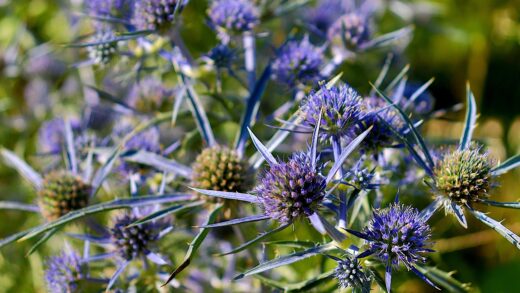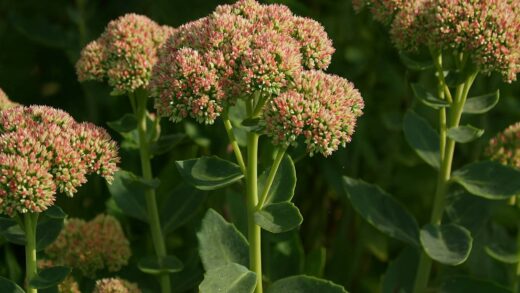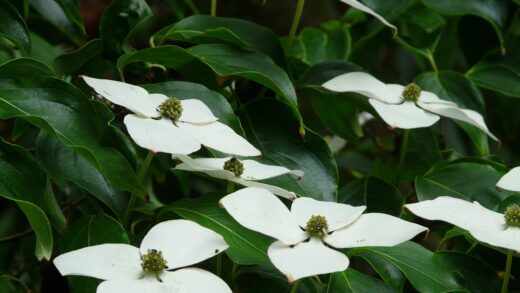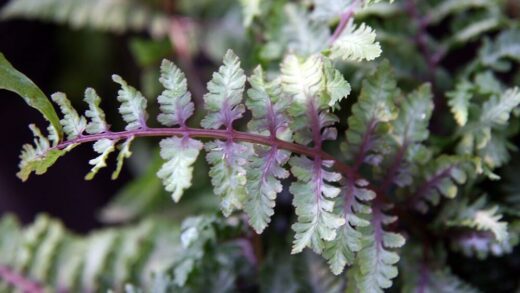The light requirements of the Anatolian colchicum are intrinsically linked to its unique, two-stage life cycle, and satisfying these needs is crucial for the plant’s long-term health and flowering performance. This species thrives in conditions that provide full, direct sun to very light, dappled shade. However, the timing of this light exposure is the most critical factor to consider. The period of greatest need for sunlight is not during the autumn flowering season, but rather during the spring when the plant produces its foliage. It is during this phase that the plant requires maximum light to fuel photosynthesis and build up energy reserves in its corm.
When the striking, goblet-shaped flowers emerge in autumn, they are quite adaptable to a range of light conditions. They will bloom happily in full sun or in the partial shade found at the edge of a woodland or under the canopy of deciduous trees that have not yet fully dropped their leaves. While full sun can certainly enhance the vibrancy of the blooms, the flowering process itself is powered entirely by energy that was stored in the corm during the previous spring. Therefore, the light conditions in autumn are more of an aesthetic consideration than a critical requirement for the plant’s survival.
The true test of a planting site’s suitability comes in the spring, from March to May, when the broad, glossy leaves appear. During this period, the plant must be exposed to as much direct sunlight as possible. The leaves are the plant’s solar panels, and they work tirelessly to capture light energy and convert it into the chemical energy (sugars) that will be stored in the corm. This stored energy is responsible for fueling the corm’s survival through summer dormancy, the production of autumn flowers, and the initial growth of leaves for the following spring.
A lack of sufficient sunlight during this critical spring growth phase will have a direct and detrimental impact on the plant. The foliage may appear weak, pale, and leggy, and more importantly, it will be unable to photosynthesize effectively. This leads to a depleted corm that may produce few, if any, flowers in the autumn. Over successive years of poor spring light, the corm will eventually weaken and die. Therefore, selecting a location that is bright and sunny in spring is the single most important decision related to the light requirements of this species.
Ideal garden placement
Given the critical need for spring sunlight, the ideal placement for Anatolian colchicum is in a location that is open and unshaded from late winter through to late spring. One of the best possible scenarios is planting them at the base of deciduous trees or large shrubs. In this type of location, the corms will be bathed in full sun throughout the spring, as the overhead canopy will still be bare. Then, as the trees leaf out in late spring and early summer, they will provide some shade and help to create the drier soil conditions that the colchicum prefers during its summer dormancy.
Another excellent location is in a mixed perennial border, provided the neighboring plants do not emerge too early or grow too aggressively in the spring, which could shade out the colchicum foliage. Planting them alongside later-emerging perennials, such as hostas, sedums, or ornamental grasses, can be a very effective strategy. The colchicum leaves will have full access to the sun in early spring, and as they begin to yellow and fade, the companion plants will grow up to fill the space and hide the declining foliage, creating a seamless and attractive transition.
Rock gardens and gravel gardens are also superb environments for this plant, as these locations typically offer the full sun exposure and sharp drainage that colchicums demand. The open nature of a rock garden ensures that the foliage receives unobstructed light in the spring. Furthermore, the rocks and gravel absorb solar heat, which can help to warm the soil early in the season and contributes to the hot, dry conditions required for summer dormancy.
Planting colchicum in lawns can create a beautiful, naturalized effect, but the location must be chosen with care. The area must receive good spring sun, and more importantly, you must be prepared to delay the first mowing of the season in that specific area. The colchicum foliage must be allowed to mature and die back naturally, a process that may not be complete until late May or early June. Mowing the leaves off prematurely is equivalent to starving the corm and will quickly lead to the demise of the planting.
The consequences of inadequate light
The consequences of planting Anatolian colchicum in a location with insufficient spring sunlight are predictable and progressive. In the first year after planting in a shady spot, the corm may still produce a reasonable display of flowers in the autumn, as it is still running on the energy reserves it had when it was purchased. However, the spring foliage that follows will be unable to replenish those reserves adequately due to the lack of light.
In the subsequent years, you will notice a marked decline in the plant’s vigor. The spring foliage may become elongated and paler in color as it stretches in an attempt to find more light, a phenomenon known as etiolation. The leaves will be structurally weaker and less efficient at photosynthesis. As a result, the corm will not be able to store enough energy, and the autumn floral display will become progressively weaker. You will see fewer flowers, the blooms will be smaller, and eventually, the plant may fail to flower altogether.
Ultimately, if the light conditions are not improved, the corm will become so depleted that it will no longer have the energy to even produce foliage. At this point, the plant will perish. This gradual decline is a common problem when colchicums are planted in the shade of evergreen trees or buildings, where the ground is in shadow year-round. It is a clear demonstration that while the flowers can tolerate some shade, the leaves absolutely cannot.
If you suspect that your colchicums are suffering from a lack of light, the best course of action is to move them to a sunnier location. This should be done during the summer dormancy period, after the leaves have died back. Carefully lift the corms and replant them in a site that you have observed to receive at least six hours of direct sunlight during the spring months. With adequate light in their new home, the weakened corms can recover and begin to build up their energy reserves again, eventually returning to their former flowering glory.
Light and the flowering period
While spring sunlight is critical for the plant’s energy budget, the light conditions during the autumn flowering period do have some influence on the floral display itself. When the flowers bloom in a position that receives several hours of direct sun per day, the light can intensify their delicate lilac-pink coloration. The warmth of the sun also encourages the flowers to open fully, creating a more spectacular and vibrant display.
In contrast, if the flowers emerge in a deeply shaded spot, they may appear paler in color, and they may not open as widely, especially on overcast days. Furthermore, in shady and damp conditions, the delicate flowers can be more susceptible to damage from slugs and snails, and the petals may be more prone to spotting or rotting during prolonged wet weather. While the plant will still flower, the quality of the display is often superior in a sunnier position.
It is also worth noting that Colchicum cilicicum is known for its ability to produce a large number of flowers from a single corm, often creating a dense cluster of blooms. In a sunny, open position, this dense floral display can be truly breathtaking. The individual flowers will stand up straight, each competing for light, creating a robust and impactful visual statement in the autumn garden when many other plants are beginning to fade.
Therefore, while the plant can tolerate some shade during flowering, the ideal scenario is a location that offers the best of both worlds: full sun in the spring to charge the corm, and at least partial sun in the autumn to showcase the resulting blooms to their best effect. This is why the classic planting combination of placing them under deciduous trees works so perfectly, as it naturally provides this seasonal variation in light levels that aligns perfectly with the plant’s needs.




















